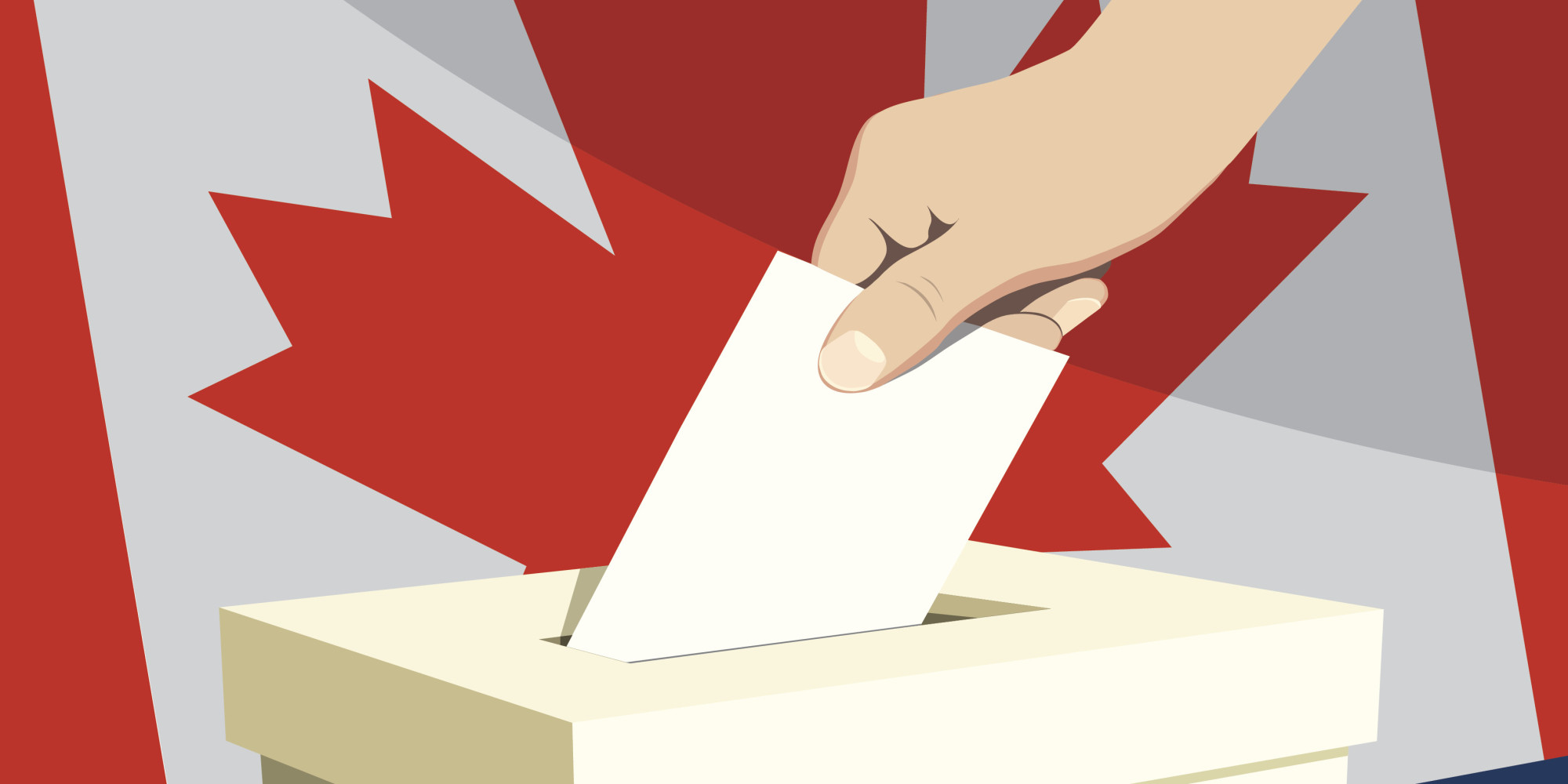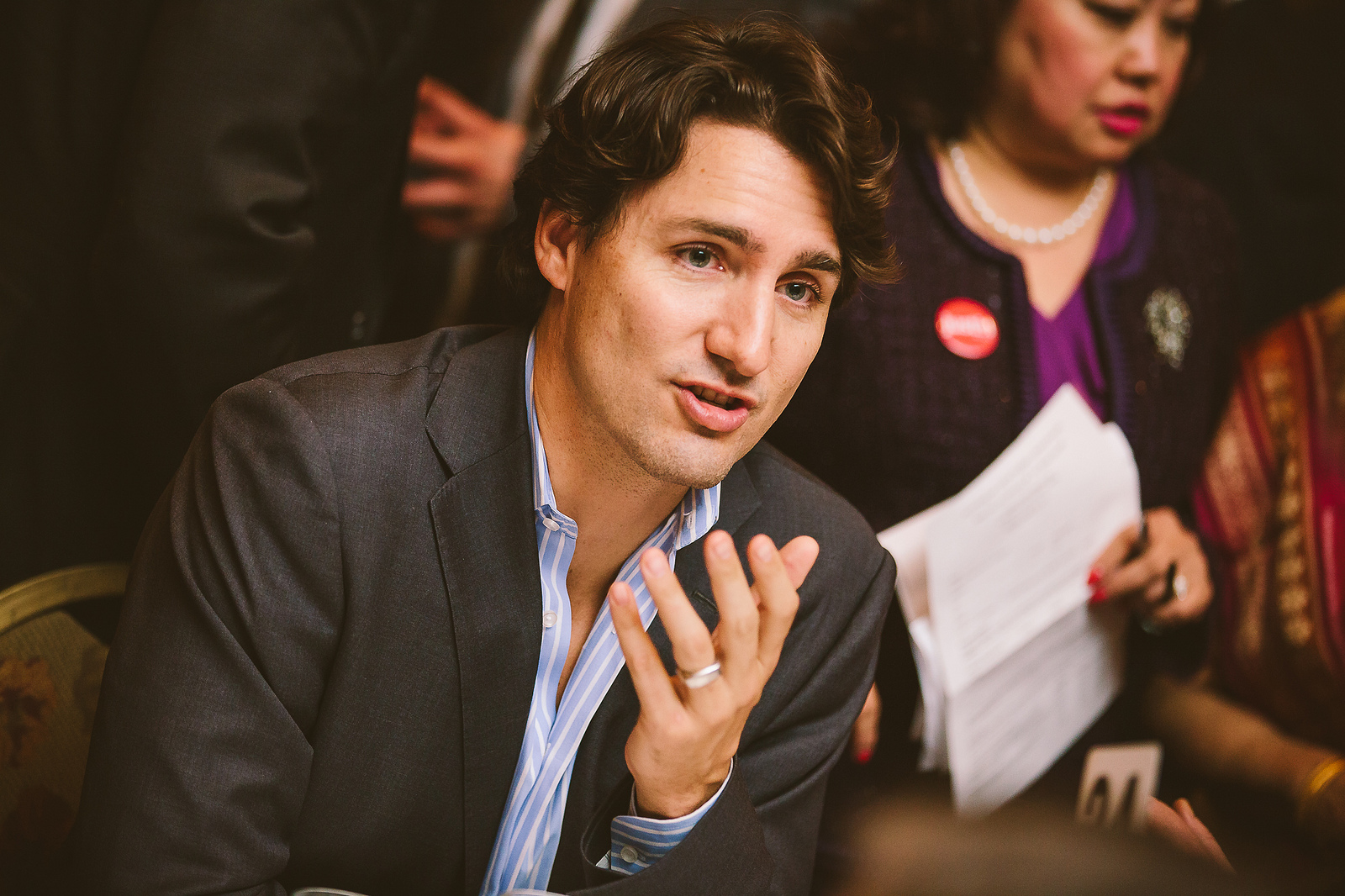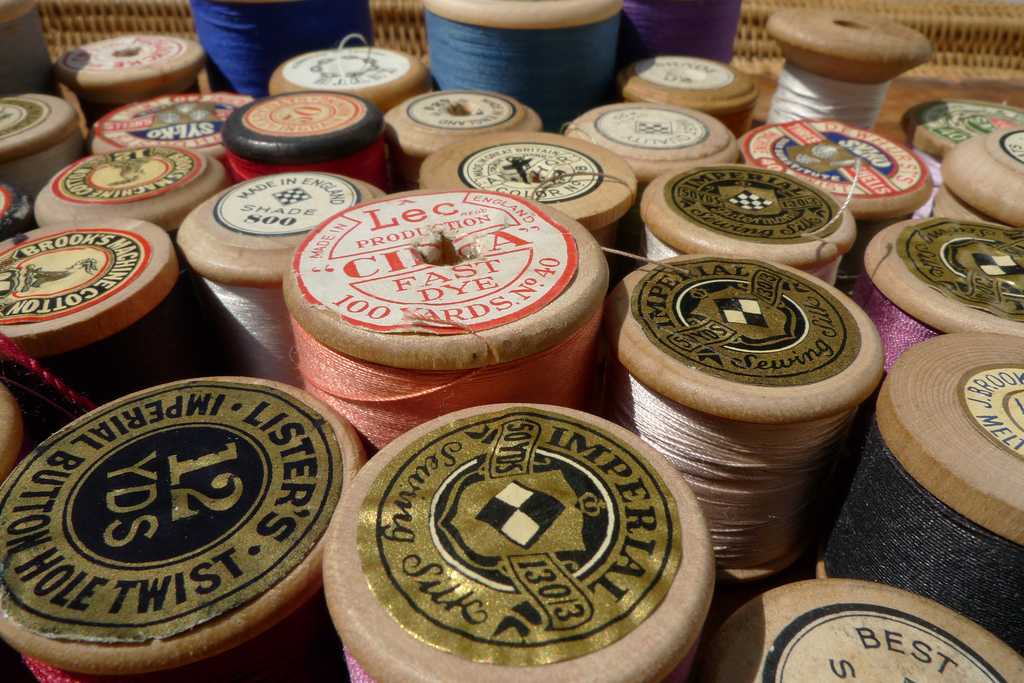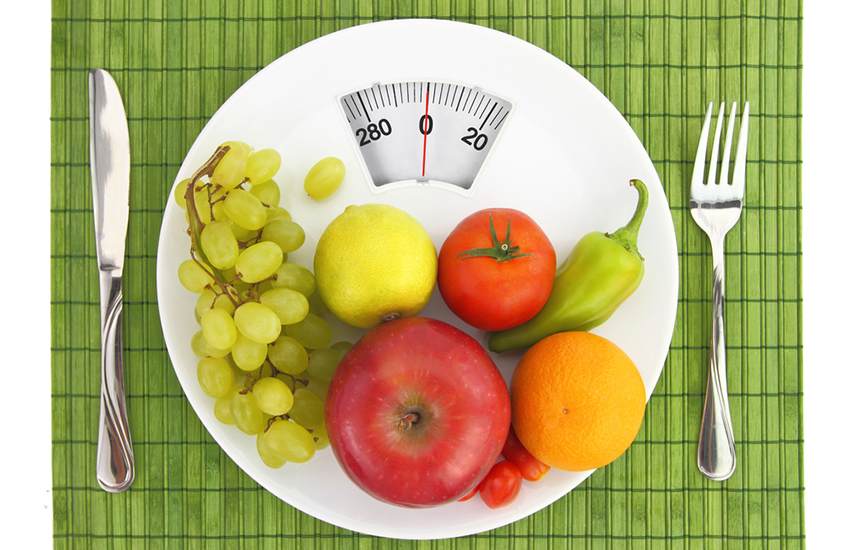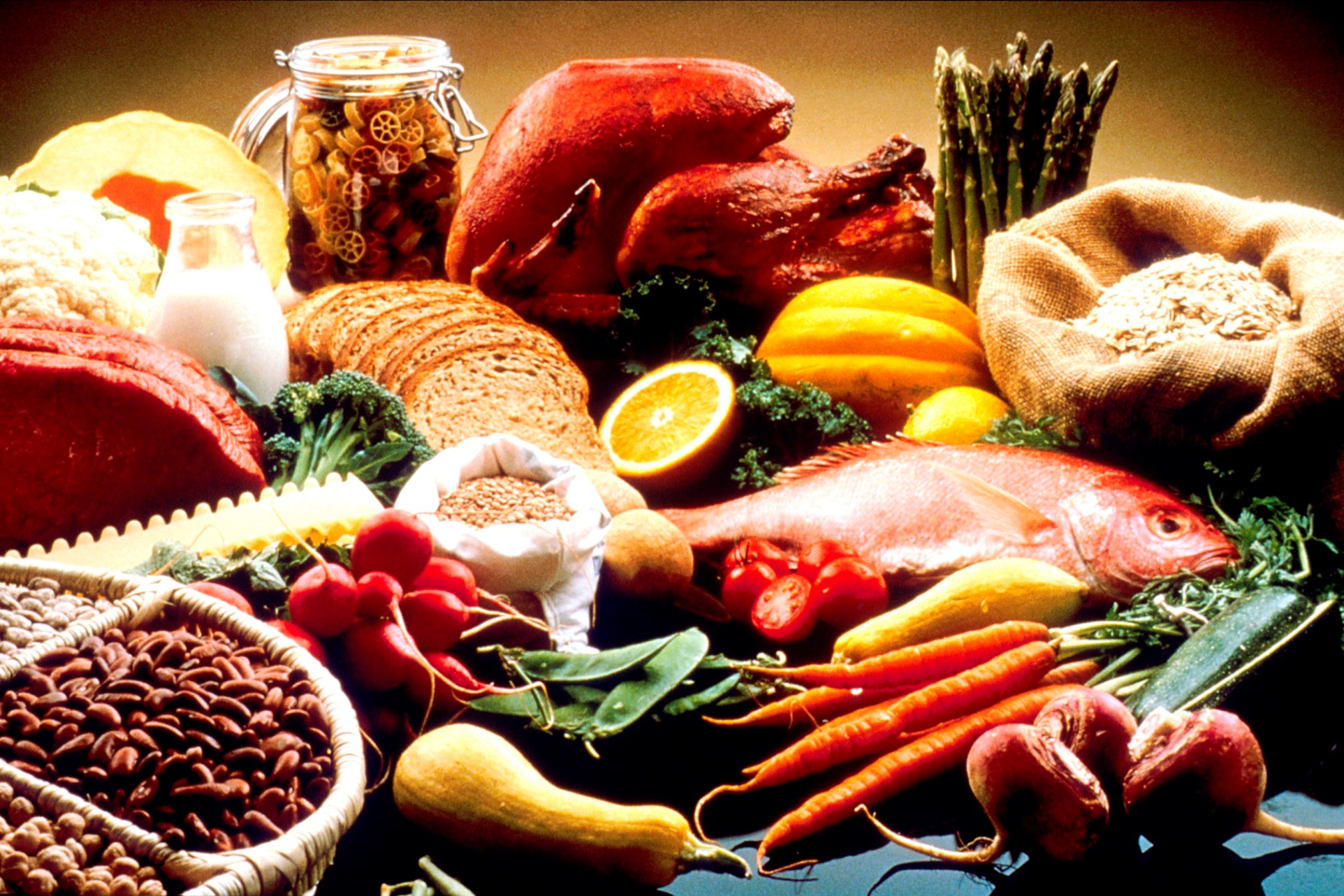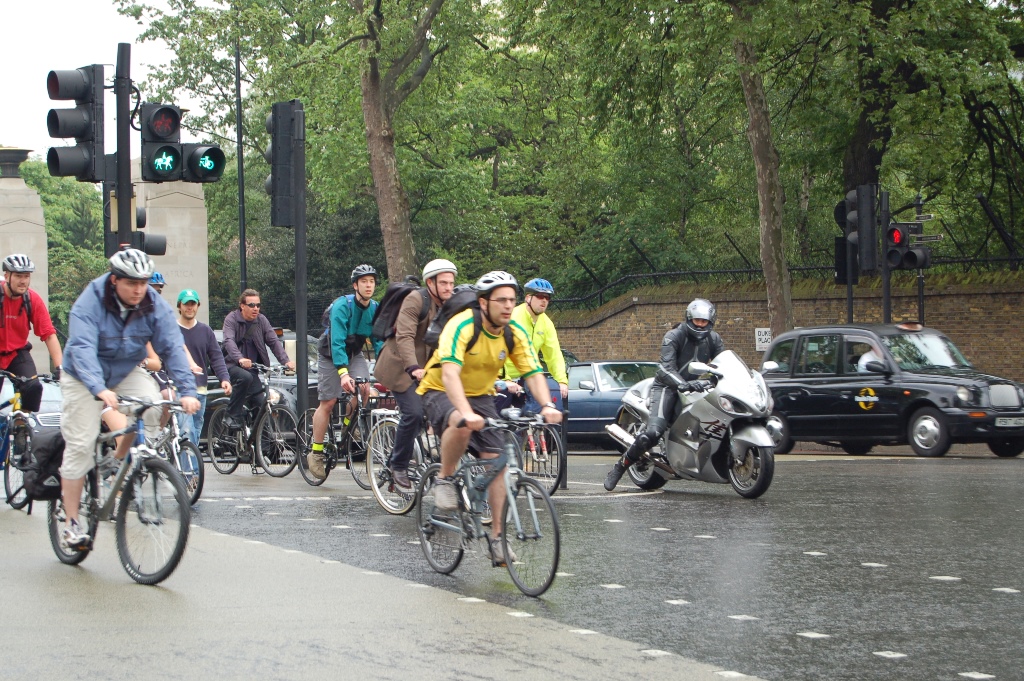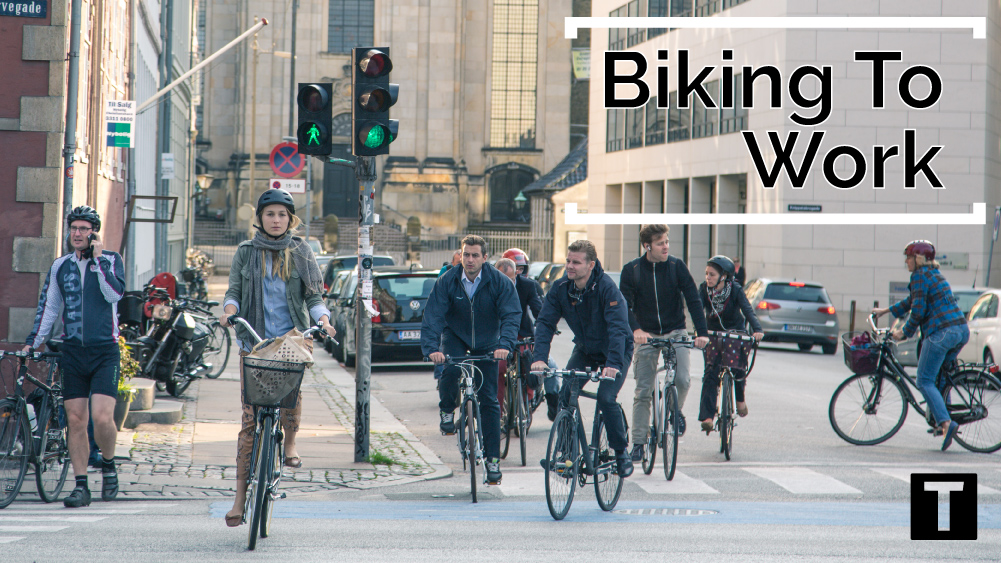For the last several months, I have been ‘making’ a lot less than I’m used to. There are various reasons for that, as things like motivation tend to ebb and flow, and starting a new job in December of 2016 have meant I’m learning a lot more and facing new challenges at home and at work.
However, another reason that I’ve been somewhat less visible is that for the better part of the last 3 months, I’ve been dedicating a *LOT* of free time to changing the way my online life is structured.
For anybody who is not familiar, I started writing online using Blogger, a now-antiquated platform that was relatively simple, allowing me to slowly learn programming and web design, while being extensible enough to suit most of my needs, and controlled enough that I couldn’t get myself into trouble.
However, back in the beginning of 2016, I began to tire of Blogger, as it seemed like the platform was constantly holding me back, and failed me in a number of fundamental ways. At the time, I was running 4 different websites on Blogger, and hitting frustrating limitations every time I tried to do something new.
By the spring of 2016, I had started seriously looking in to WordPress to host the content I wanted to continue to produce. This was not my first foray into the world of WordPress, as I had tested out WordPress.com before finally settling on Blogger back in 2011. However, since paying for WordPress.com didn’t interest me in the least, I opted instead to try WordPress.org.
For the large majority of people, WordPress is WordPress, and there is no meaningful distinction between the two systems. And, in fact, WordPress.com has worked very hard to cater to WordPress.org users, which is a very nice added bonus. Here are the basics:
A little side-note on WordPress.com
A WordPress.com site is free to start, but is very rigidly templated, and you will have to pay a lot of money very quickly if you want to customize the site or have any control over the way it works other than the words written on the page. This is very similar to Blogger, except that with Blogger, no amount of money paid will give you any more powers to customize a website.
I would say with a good deal of certainty that over 90 percent of WordPress.com blogs are either abandoned entirely, or converted to WordPress.org or another blog platform within 3 months. This is probably fine with Automattic (the owners of WordPress.com), since they have other, better customers, mostly converted from humble WordPress.com beginnings.
And now back to WordPress.org
As an ‘amateur’ blogger and programmer who comes into blogging with a unique set of needs, it turns out that WordPress.org is actually pretty much perfect for me. With a willingness to put some effort in to learn a new platform, the open source version of WordPress that can be installed and run on any computer anywhere for free is an amazing product.
I have written for a few independent publications that use WordPress powered sites in the last 5 years, but having no experience with servers, I lacked the knowledge to start a WordPress site of my very own, unless I was willing to learn how to do that from scratch.
This brings us to the spring of 2016, and me deciding that I was going to figure out what it takes to create a WordPress blog, entirely from scratch. The first thing you need to run a modern website or application on your own is a server. After hearing for months about the Clintons’ homebrew server setup, I decided it was neither affordable, nor practical, nor good security practice, to buy, run, and host a server of my own at home.
Fortunately for me, building and running a home server is not common anymore, and the modern, distributed internet has a much better solution to web hosting than a home server. There are MANY companies out there offering virtual servers, literally computers hosted in giant data centres around the world that you can ‘rent’ on a monthly basis for pennies per hour. These banks of computers are connected to the Internet and are the backbone of the modern web.
After doing research and hearing opinions from all over the internet about ‘the best’ virtual server, I settled on one from DigitalOcean (this is an affiliate link, ask me about it). This and other hosting companies have a number of options to run basic software automatically for almost no money, and that includes setting up a complete WordPress site for as little as $3.95 a month (if you sign up for at least a year at a time).
However, after even more careful consideration, I decided that I didn’t want my hand held and to run a website I didn’t completely understand, and so I opted to pay $5 USD a month for my own little computer hooked up to the web. My virtual server is the cheapest one they offer, and comes with a fast, but not particularly powerful computer, perfect for running a website or application.
Once I committed money to this endeavor, especially since it was a recurring cost, it was much easier to focus and actually get things running quickly. My ultimate goal at the time was to learn everything I could about virtual servers, and to get a modern blog website up and running, so that I had a place to write out my thoughts that I could change and control however I wanted.
However, throughout the summer and fall, things started to shift a little bit for me in the way that I wanted to run my web presence. I have published some of my best writing on this site, but was getting increasingly frustrated with things involving my podcast network, Unwind Media, and how annoying it was to maintain and update that site back on Blogger. Since making the move to the gloriously extensible WordPress, posting to Blogger seemed like handcuffing myself to a typewriter.
By this time, I was hoping to expand the network, adding new podcasts and diversifying the voices I could promote while keeping weekly overhead for myself fairly low. All the while, changes to iTunes and the launch of Google Play podcasts meant that I fundamentally couldn’t start new podcasts while still publishing to Blogger. Something had to give, and that thing was Blogger.
Armed with my brand new WordPress knowledge, I set out to begin the slow, most likely painful, transition of Unwind Media from Blogger to WordPress. Since I had done a bunch of work with Blogger already (hosting a podcast network is certainly not something a Blogger blog was built to do), most of the work involved with moving to WordPress was taking the concepts I’d already developed, and mapping them to the ways WordPress worked.
What followed turned out to be a pretty interesting journey, and I have learned a ton in the last several months about WordPress, PHP, Linux, and blogging platforms (though I know I’m still only just scratching the surface). WordPress, as it turns out, is much better suited to the kind of thing I was trying to do than Blogger ever could be. In addition to that, about 30 minutes after confirming that the WordPress website was live and the Blogger website had been properly replaced, I was able to successfully submit new podcasts to the iTunes and Google Play directories for the first time in months.
My journey isn’t over. I’m continuing to learn more and more about programming, and about PHP and WordPress. In the days and weeks to come, I’ll be moving a third site to WordPress on the same server, ottawhatpodcast.com. I love having a virtual server of my very own, and learning how to run it has been incredibly rewarding.
I also look forward to discussing these kinds of things more, and getting back to writing, now that so much of my mental space has been freed up by getting rid of the overhead that came from having these necessary changes looming.
A couple of other things that I’m currently working on:
My New Year’s resolution is to stand up and defend the rights of the people around me, like women, minorities, people with disabilities, those who choose to exist outside the gender binary or who identify as a different gender than they were assigned at birth (just to name a few). I said when I made this resolution that it would be a multi-year process, but I vowed to make 2017 the year I started. I haven’t done much so far, but a strong, vocal opposition to oppression, racism, misogyny and bigotry or discrimination in general is a huge part of who I am.
On a similar, but distinctly different, note, I am also trying to determine the best ways to get the Canadian government to reconsider electoral reform in future elections, as a more representative government should be the goal of any self-respecting democracy, even if changes to the electoral system mean than you get less power as a result. That is my only major complaint about the Liberal party in power in Canada at the moment, and next to the dumpster fire that is American democracy these days, I’m glad this is one of the few things we can really complain about.

Oh yeah, and if you or somebody you know has (or is thinking of starting) a podcast (or blog), but don’t know where to start, please feel free to point them in my direction. I have found writing on the internet so rewarding for the last half-decade, I would love the opportunity to pay it forward and share what I know.


